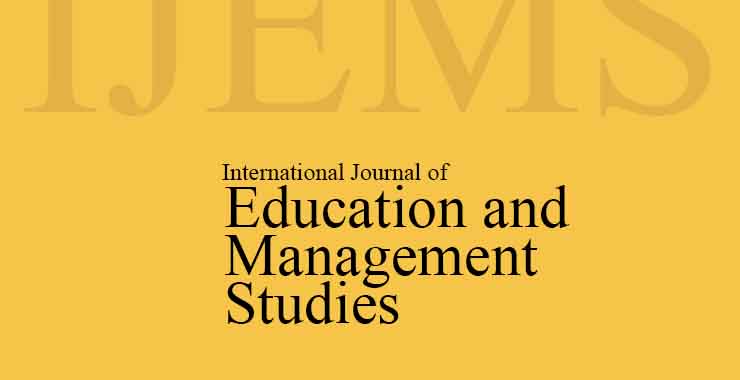Understanding Children’s Ability to Read and Write in a Primary Classroom: Reflection from the Field
Original price was: ₹ 201.00.₹ 200.00Current price is: ₹ 200.00.
Page: 439-443
Surbhi Mittal and Sujata Chatterjee Chowdhury (Department of Elementary Education, Lady Shri Ram College for Women, University of Delhi, Delhi)
Description
Page: 439-443
Surbhi Mittal and Sujata Chatterjee Chowdhury (Department of Elementary Education, Lady Shri Ram College for Women, University of Delhi, Delhi)
Comprehension is not limited to literacy activities; it’s something children engage in during conversations when someone reads aloud and they listen to it, or when they read independently, regardless of the setting. It’s not a skill that, as some people might believe, develops only after mastering the initial stages of reading or in the first two years of schooling. As emphasised by Marie Clay (1998, p. 217), all educators should prioritise the fundamental expectation that learners will grasp the meaning of what they’re reading. As we know reading comprehension, or making meaning of what we read, is one of the most important aspects of being literate. However, the attention given to it within classrooms is often inadequate and uninformed. Educators have observed and expressed concern about the absence of reading comprehension in Indian classrooms, as highlighted by Menon et al. in 2017 and Sinha in 2012. Many students struggle to grasp the meaning of the text, and it may be because reading comprehension is frequently evaluated but it is rarely taught in the classrooms, as noted by Durkin in 1978. This paper attempts to search and explore the true meaning of the understanding of reading and writing processes being followed in the Indian classrooms and explore different facets of the problem faced by prospective teachers and possible solutions suggested by teacher educators who work in this area and are practised by prospective teachers in their classrooms. The problems encountered are mainly related to the equating meaning of reading and writing with decoding and mechanical writing respectively and blurs the process of reading with comprehension and meaningful writing with expression. However, in this paper, an attempt is made to know how children decode words, a sufficient condition for reading comprehension and accurately copying the material in a beautiful handwriting for the writing process. In such a scenario can we assume that readers who are decoding accurately and at a sufficient pace are also able to understand the text they are reading or while copying correctly, do they know how to reflect or are able to express their opinion in the written mode.

